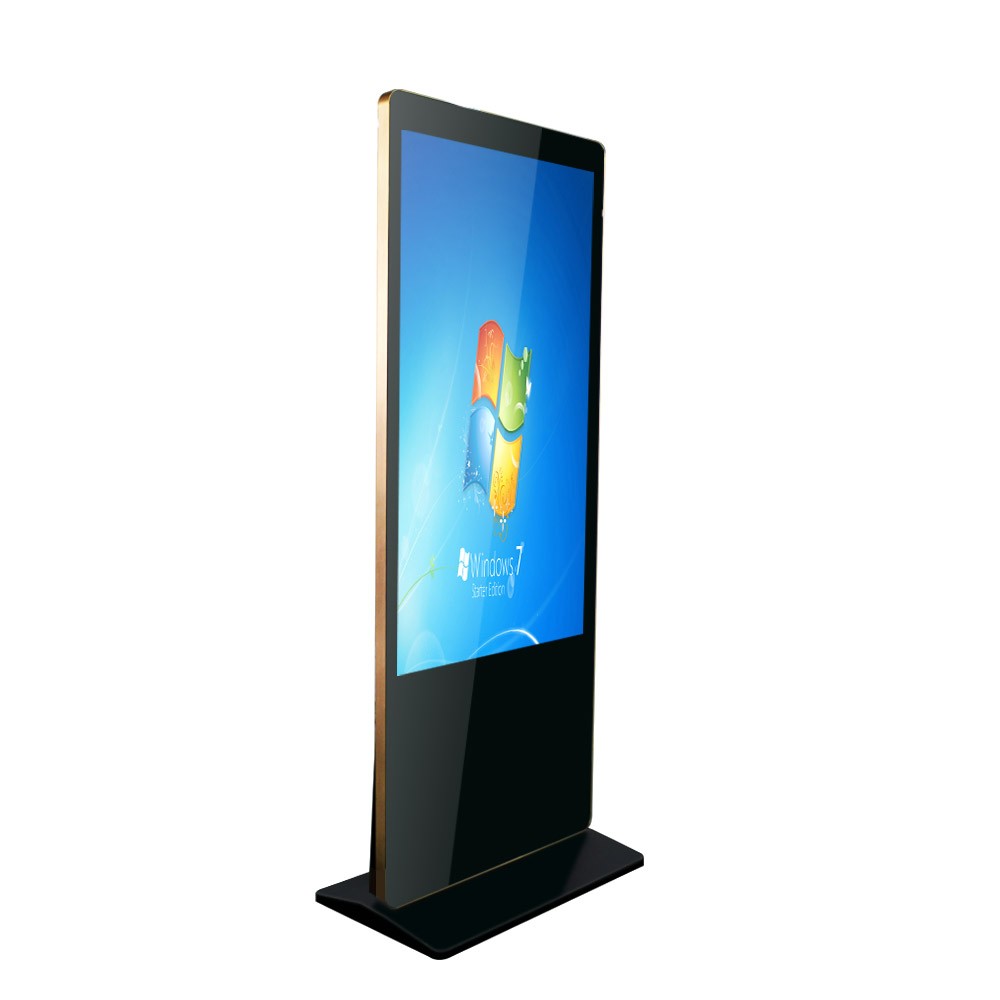Digital show boards serve a variety of purposes across varied industries, offering a dynamic and versatile platform for communication, promoting, and knowledge dissemination. Here are some frequent uses of digital show boards:
Advertising and Marketing:
Retail Stores: Display promotions, product info, and advertisements to attract customers.
Outdoor Advertising: Showcase dynamic and crowd pleasing content material for passersby.
Information Dissemination:
Public Spaces: Share news, announcements, and essential info in locations like transportation hubs, city centers, and public squares.
Corporate Environments: Communicate company updates, news, and announcements in lobbies or widespread areas.
Education and Training:
Classrooms: Enhance learning experiences with interactive shows, presentations, and educational content.
Training Centers: Display training schedules, bulletins, and related info.
Entertainment and Events:
Stadiums and Arenas: Display live event visuals, scores, and ads throughout sports activities and leisure events.
Concert Halls: Enhance the concert experience with dynamic visible displays.
Corporate Communication:
Boardrooms: Facilitate displays and discussions with high-quality visual aids.
Lobbies: Create a contemporary and dynamic company picture by showcasing branding messages and company highlights.
Healthcare Facilities:
Waiting Areas: Display health-related info, bulletins, and entertainment for patients and guests.
Digital Signage: Provide directions, wayfinding information, and well being ideas all through the facility.
Transportation Hubs:
Airports and Train Stations: Share flight information, departure/arrival details, and public bulletins.
Bus Terminals: Display bus schedules, routes, and real-time updates.
Hospitality Industry:
Hotels and Restaurants: Showcase menus, promotions, and event info.
Lobby Displays: Provide friends with relevant details about lodge amenities and providers.
Retail Environments:
Shopping Malls: Display ads, promotions, and wayfinding data.
Product Showcases: Highlight new products and promotions inside shops.
Events and Exhibitions:

Trade Shows: Use digital show boards to showcase merchandise, services, and model messaging.
Exhibition Booths: Attract attention with dynamic and interactive shows.
Control Rooms and Monitoring:
Security Operations: Display real-time surveillance feeds, alerts, and critical info.
Utilities and Infrastructure: Monitor and handle operational knowledge in control facilities.
Interactive Experiences:
Touchscreen Displays: Provide interactive experiences for customers in retail shops, museums, and academic settings.
Digital Kiosks: Allow users to engage with content material, collect data, or full transactions.
Wayfinding and Navigation:
Public Spaces: Provide interactive maps, instructions, and factors of curiosity.
Large Complexes: Guide visitors via complex buildings, campuses, or malls.
Real-Time Data Display:
Finance and Stock Markets: Display real-time financial information, stock prices, and market developments.
Digital Signage Hertfordshire : Share current weather circumstances, forecasts, and emergency alerts.
Community Engagement:
City Centers: Share neighborhood events, information, and public service announcements.
Libraries and Civic Centers: Provide information about civic packages, cultural events, and educational resources.
Digital display boards leverage know-how to supply flexibility, interactivity, and dynamic content supply, making them useful instruments for effective communication in a wide range of contexts..
